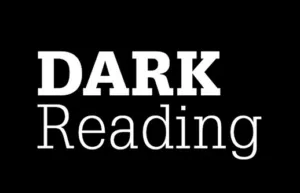How a CISO needs to present to the board
As a Chief Information Security Officer (CISO), reporting to the corporate board can be both an opportunity and a challenge. On one hand, it’s an opportunity to educate the board on the current state of the company’s security posture, demonstrate the value of security investments, and gain support for future initiatives. On the other hand, it’s a challenge because the board may not be well-versed in technical security concepts, making it difficult to communicate effectively.

In order to successfully report to the corporate board, a CISO must approach the task with a clear understanding of the board’s expectations and a well-crafted communication strategy. Here are a few key steps to help you do just that:
Understand the board’s priorities
Understand the board’s priorities: Before you present to the board, take the time to understand their priorities and what they are most concerned about. This will help you tailor your presentation to their specific needs and ensure that the information you provide is relevant and valuable.
Use clear, concise language
The board is likely to include individuals who are not technically savvy, so it’s important to use clear, concise language that is easy for everyone to understand. Avoid using technical jargon or acronyms, and instead focus on the key security issues that are most relevant to the company’s operations and reputation.
Emphasize the impact of security risks
The board needs to understand the impact of security risks on the company’s bottom line. Highlight the potential financial and reputational damage that can result from a security breach, and make sure to demonstrate the value of investments in security technologies and processes.

Provide regular, comprehensive updates
The board should receive regular, comprehensive updates on the state of the company’s security posture. These updates should include information on the most significant security risks facing the company, as well as the measures that have been taken to mitigate those risks.
Encourage open communication
Encourage open communication with the board, and be prepared to answer any questions they may have. This will help to build trust and ensure that everyone is on the same page when it comes to security issues.
Be proactive
A good CISO is always looking ahead to identify potential security risks and developing strategies to mitigate them. Share your vision for the future with the board, and outline the steps that you are taking to stay ahead of the curve.
In conclusion, reporting to the corporate board as a CISO is an important responsibility, and requires a well-thought-out communication strategy. By understanding the board’s priorities, using clear language, emphasizing the impact of security risks, providing regular updates, encouraging open communication, and being proactive, you can build a strong relationship with the board and help ensure the success of your company’s security efforts.
- The Imperative for Cyber Talent on Corporate Boards - March 29, 2024
- Talking CMMC preparation - March 12, 2024
- Protecting Your Business: Strategies to Combat DNS Attacks - February 20, 2024
